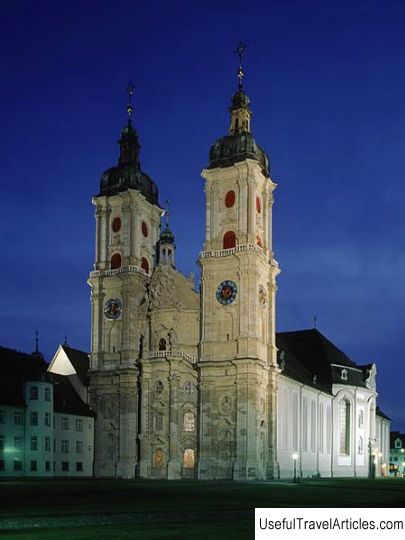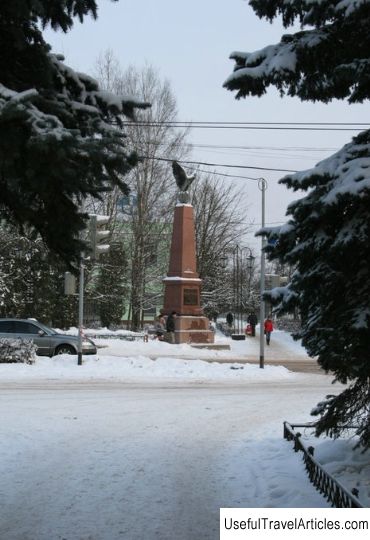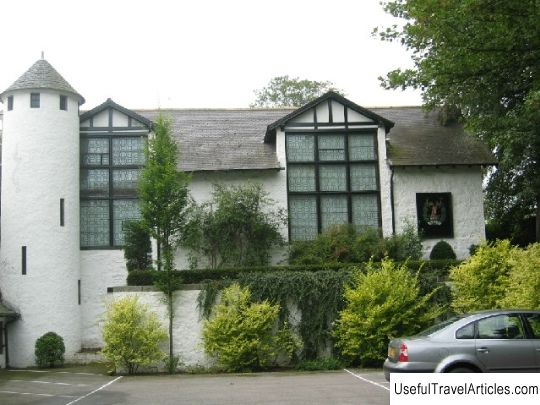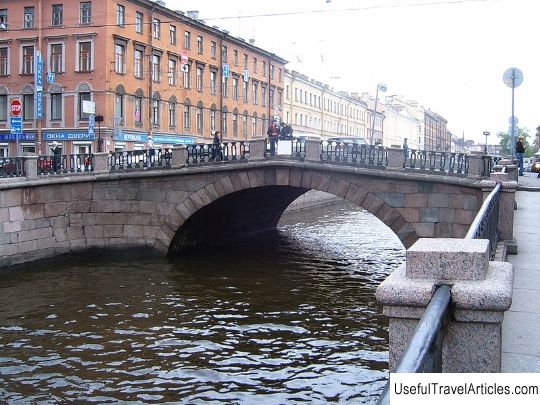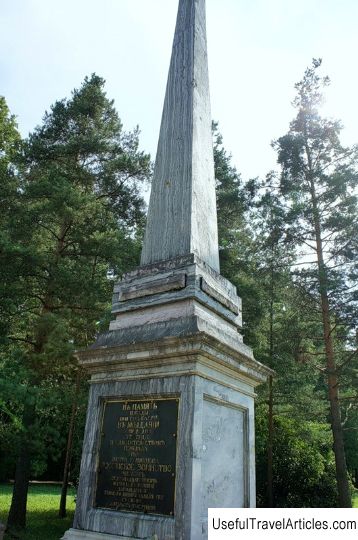Church of St. Catherine near Tuchkov Bridge description and photos - Russia - St. Petersburg: St. Petersburg
Rating: 8,2/10 (4384 votes) 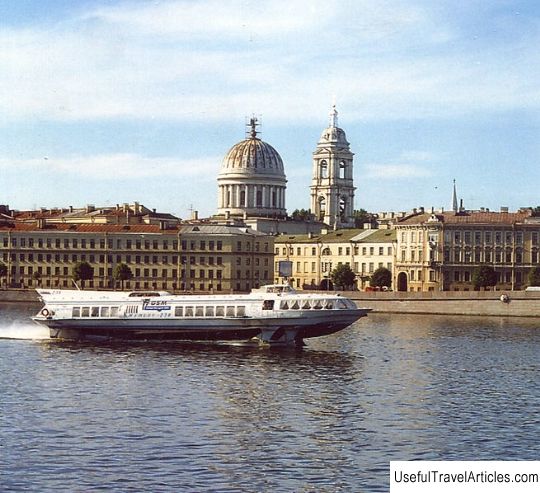
Church of St. Catherine at Tuchkov Bridge description and photos - Russia - St. Petersburg: St. Petersburg. Detailed information about the attraction. Description, photos and a map showing the nearest significant objects. Photo and descriptionThe Church of St. Catherine stands proudly on Vasilievsky Island, near the Tuchkov Bridge. The very first church, which was located on this site, was portable, made of canvas, and belonged to the Kabardin regiment. The regiment has been quartered here since 1745. After the regiment was redeployed, a wooden church was erected in place of the linen one; it belonged to the Astrakhan Dragoon regiment and was called Nikolskaya. In the sixties of the 18th century, St. Nicholas Church was subordinated to the Kexholm infantry regiment, then it was re-consecrated in the name of St. Catherine. During the smallpox epidemic, which broke out in 1782, people with smallpox and measles were brought to the church and popularly called "smallpox." In 1809, a very strong fire broke out, and the church burned down, miraculously, only the icon was saved, which depicted the Great Martyr Catherine. In its modern form, the Orthodox Church of St. Catherine was founded on the eve of the war with Napoleon in the fall of 1811, which had a detrimental effect on the timing of construction. Due to a sharp reduction in funding due to the conduct of hostilities and the devastation that followed after the Patriotic War of 1812, construction lasted for twelve years. The temple was consecrated only in the fall of 1823. Since 1861, within two years, a bell tower was added to the temple, at the same time a chapel, a gatehouse, a refectory were built, and the entire territory was fenced. The project was developed by the architect A. B. Bolotov (according to other sources L. Bonstedt). After the revolutionary events of 1917, the temple was plundered, and its last abbot, Archpriest Mikhail Yavorsky, was tortured to death in Stalin's camps during the bloody repressions of 1937. Among the Leningrad institutions in the 30s, a whole competition began, the prize in which was the building of the temple, which they all wanted to receive for your needs. In the winter of 1933, the Vasileostrovsky district council gave the church to the Hydrological Institute, and a laboratory was organized there. At the beginning of the summer of 1933, the chapel at the church was also closed, and the hydrographic department received it at the request for their own needs. In the period from 1936 to 1953, the church building was practically not used. During the blockade of Leningrad, the chapel was partially destroyed by German shells. In 1953, the building of the temple was redesigned, equipped it with interfloor ceilings and gave it to the All-Union Geological Prospecting Institute. The destroyed chapel was reconstructed and a transformer substation was placed there. And only in the spring of 1996, the building of the temple was partially returned to the believers. On the first day of winter, a small consecration was held, and divine services began to take place. Exactly four years later, the bell tower was crowned with a gilded cross. At the moment, preparations are underway for a complete restoration of the figure of an angel with a cross, which is located on the dome. Now about what the church was, you can learn only from eyewitness accounts. According to the description, the top of the temple was crowned with a sculpture of an angel standing on a copper ball and holding a gilded copper cross. The pediment of the portico on the western facade was decorated with a bas-relief of the Holy Great Martyr Catherine. The interior of the church was spacious and light. The right side-altar was dedicated to the prophet John the Baptist, the left side - to the apostle John the Theologian. The walls were decorated with paintings. The drum of the dome consisted of twelve pilasters. Wooden one-tier iconostases were painted with white oil paint and decorated with carvings. The main drawback of the structure of the building was poor ventilation, so the room had to be repaired every five to ten years, as candle and oil soot spoiled the gilding on the walls.      We also recommend reading Archaeological Museum of Corfu description and photos - Greece: Corfu (Kerkyra) Topic: Church of St. Catherine near Tuchkov Bridge description and photos - Russia - St. Petersburg: St. Petersburg. |
